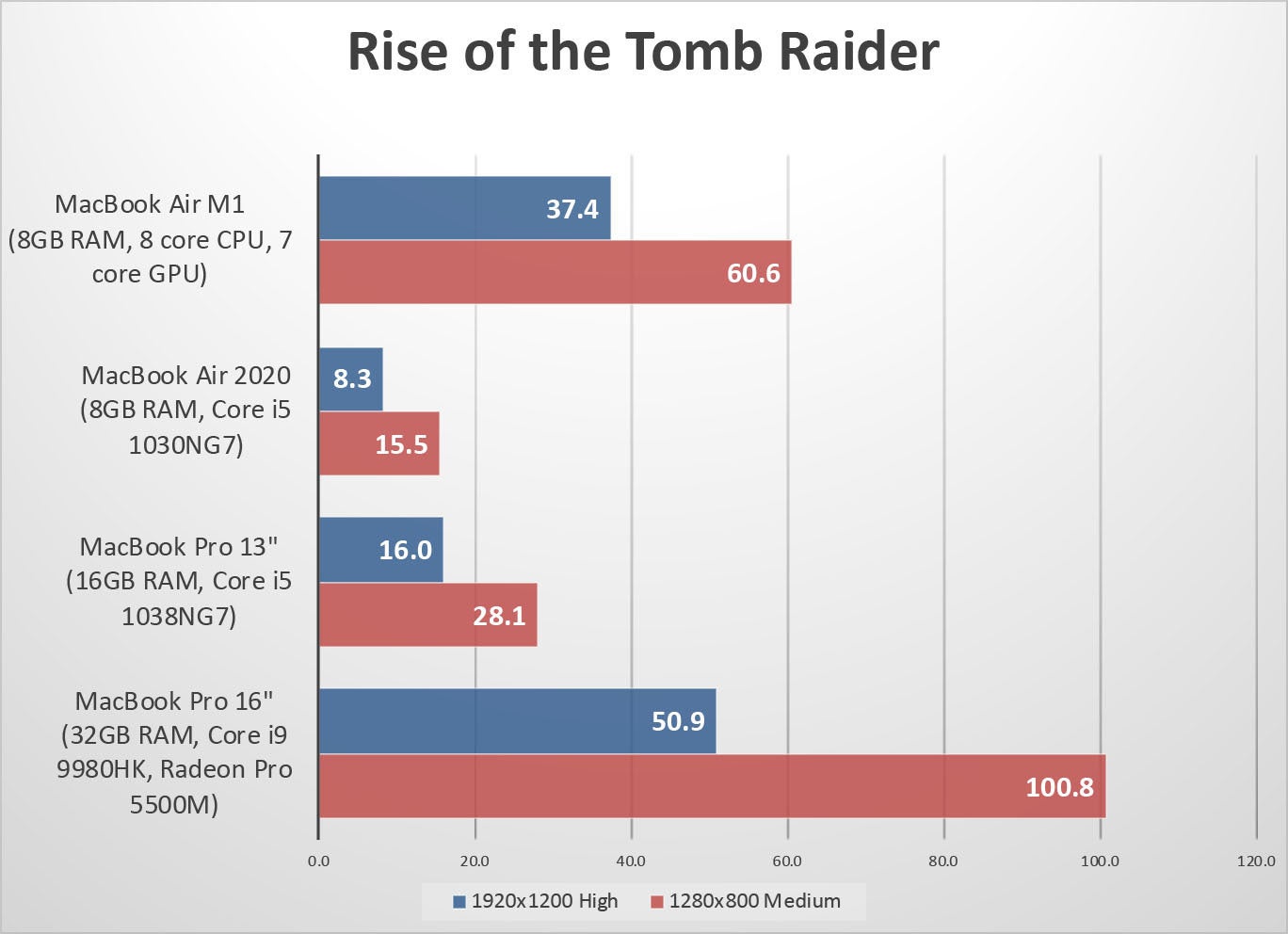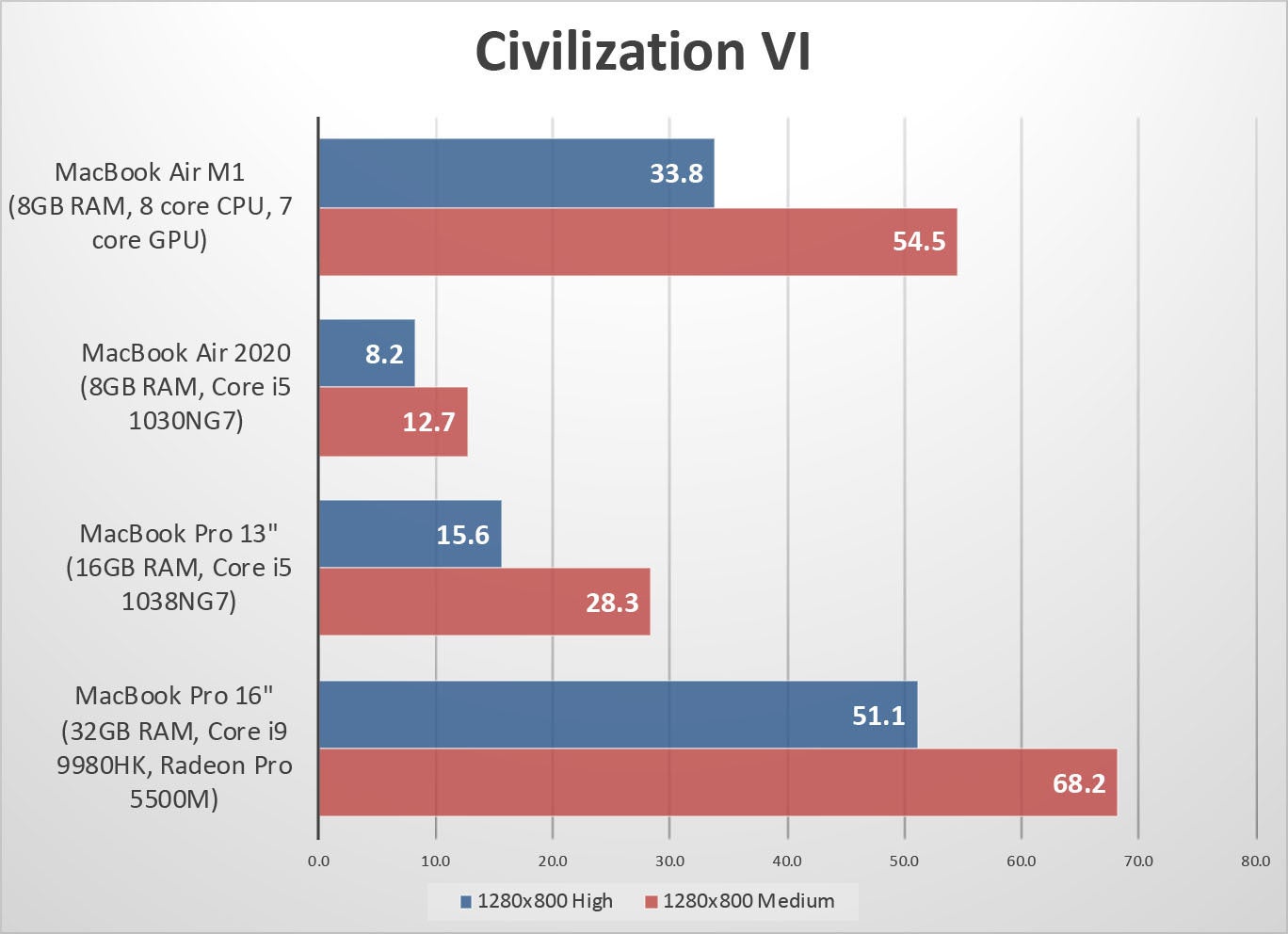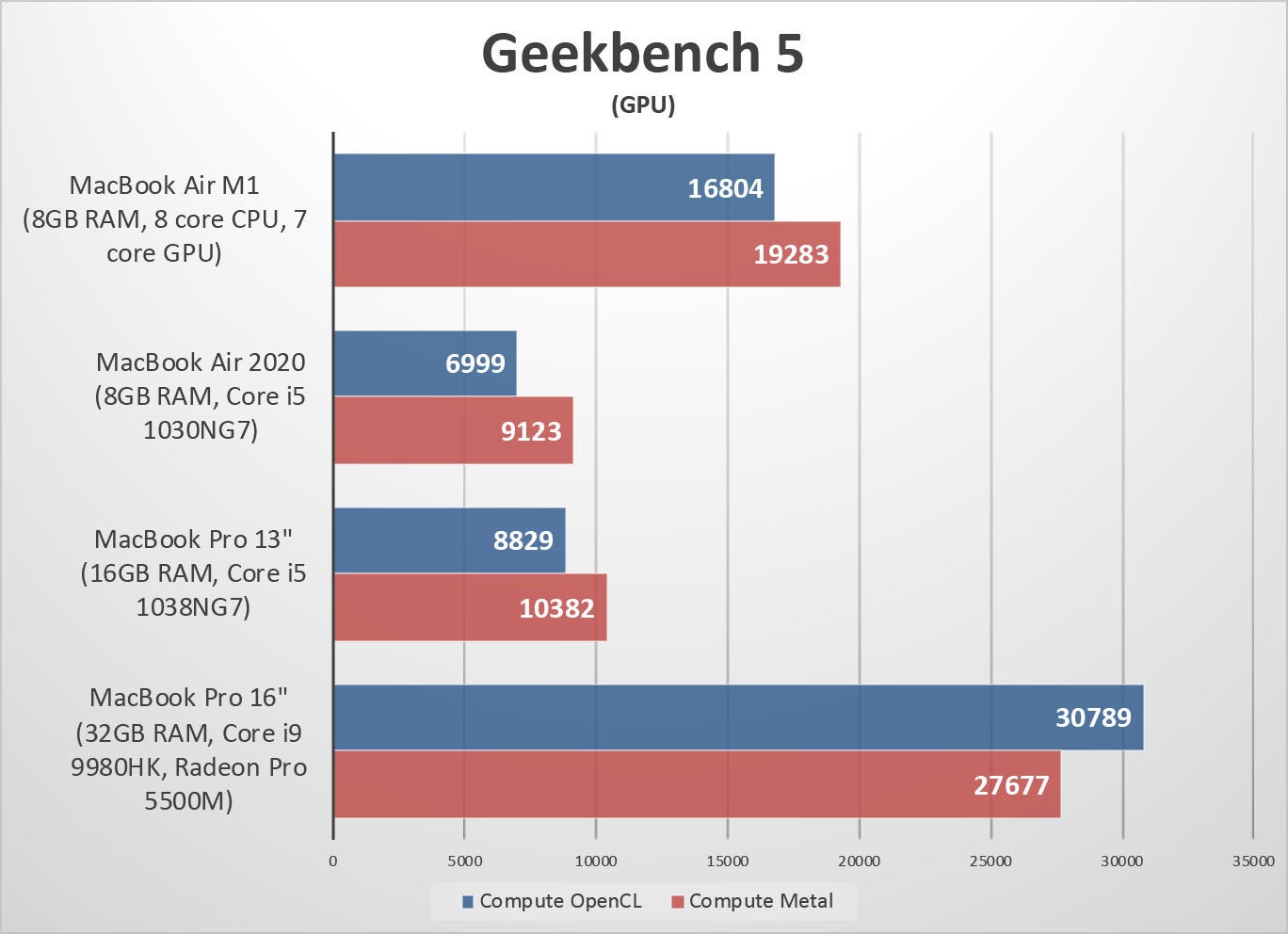Agreed… plus, the ad does not say that it is entry level Apple silicon meant for casual users only. It seems quite reasonable for Pro users or power level users to have expected a blow-out product since “Every Mac with M1 is transformed into a completely different class of product.”
On that, since the M1 can render 4k footage (and maybe more, can’t remember if that was not 6 or 8), many pros will get more than they need.
The first unofficial benchmarks show that the M1 tramples high end i9 Intel chips in single core and is equal in multi core performance. What you don’t get is many ports. I think they are redefining what « entry level » means.
So, looks increasingly looks like this is the beast that has been promised.
It’s certainly a decent increment for an upgrade.
I disagree with the characterization “It isn’t an upgrade. It’s a breakthrough.”
Actually, it is precisely an upgrade, not a breakthrough.
Now that’s OK frankly. An upgrade is very nice, whether it is a “breakthrough” or not.
Except for the inability to run Parallels - which is a reversion in capability that needs to be balanced against any increase in speed.
Put another way - for entry level users doing mostly web browsing, email, social media, word processing, and video streaming, I don’t see how that difference in benchmark score will translate into any meaningful benefit. For power users/pro users, I suspect a notable percentage would prefer Intel speeds with the ability to run Parallels. If we end up with a Bootcamp type solution where you can run either macOS or Windows but not both simultaneously, that is going to result in some super unhappy customers.
The battery life appears to be the most notable increment in performance - that is clearly a desirable feature across all user categories. But that benefit does not outweigh the lost ability to run macOS and Windows simultaneously.
This seems a tiny bit better than just « decent » when the chip outperforms, in emulation, the top i9 chip in an iMac (the best Intel chip available before going to Xeons), while offering miles better battery life and it’s only the beginning of that line…
People do not buy computers for theoretical scores - they buy them for their ability to perform a specific task in the real world.
Again - the speed bump is irrelevant to most entry-level users. The key advantage is battery life, which I agree is a huge plus.
As for pro users/power users, performance in emulation mode is frankly irrelevant because if the final solution requires rebooting to use Mac or Windows one at a time, then that would represent an unforgivable reversion.
Show me similar data however for an M1 (or M2 etc) running Windows in Coherence mode with speed and power consumption superior to Intel in that situation - as well as support for 64 Gig or higher memory and more ports so users can run multiple monitors and other peripherals - and then I will gladly eat my words and sing the praises of Apple Silicon.
The M1 is the first step into implementing Apple’s own chips on their Macs. It will not be the last. We do not know today what the M2 (or M1X or M1Z or whatever the next thing will be called) will bring to the table. But just today, the M1 seems to be an amazing achievement. There is more than Windows running on Macs…
I am one of those guys running Parallels on my Mac. And I use Coherence (for a few minutes per day).
I see Apple’s M1 chips being a tremendous achievement and a liberation for the Mac. Macs have been almost strangled by Intel’s failure to release new CPUs for years. It is good that this absurd situation is about to end within the next two years starting with the first M1 Macs right now.
Regarding Windows on a M1 Mac today: well, there are Intel Macs for that! 
Regarding Windows on a Mx (x = M2, M3, M-whatever) Mac in the not so distant future: I will wait and see.
Several scenarios for the future:
First scenario: Windows x86 will work on a Mx with decent speeds in whatever virtualization environment. Fine! Great! 
Second scenario: Windows x86 will not work on a Mx Mac with decent speeds. Ok, I will have to see how slow it actually will be. I will use a Windows VM somewhere else. It does not necessarily need to run on my Mac. Or I will buy a NUC for niche purposes.
Third scenario: Windows x86 will not work on a Mx Mac at all. I will use a Windows VM somewhere else (or a NUC).
Windows must not be a reason for Apple not to innovate. Macs will strive with Windows and without Windows. And I do not think that Apple’s move with the M1 will have bad effects for customers and for software. Just the opposite.
And yes, I still think that we will see Windows on a Mx Mac in the future (virtualized that is).
Everybody needs speed. As soon as more speed is available, systems and applications will use it. It was never different and it never will be different. Everybody takes what he or she can get speed-wise.
While I think that’s generally true, especially with the very modest single core gains that Intel has come out with the past couple of years, I think the benefits of a more than 2x jump in performance are going to be readily apparent for all users.
You won’t have this (for a long time at least). You absolutely want to run Windows and you are only seeing this change through this lens. Anything that won’t run Windows won’t work for you. Fine, but even though this is a mandatory piece of your worfklow, a vast majority of users don’t need that, and a balanced view of the situation requires seeing the bigger picture.
You talked about pro workflows: the performance of the chip surely is a factor in that? DaVinci Resolve claims a x5 increase in performance; that’s quite the improvement in pro workflows.
Otherwise, gaming is now starting to look very good on that machine as well…
Now we start to have numbers to show how powerful these things are - for a fraction of the price and vastly better battery life. And it’s only beginning. We haven’t even seen what the pro machines will do.
In the meantime, Intel machines remain on sale for a reason.
« I’m disappointed in M1 machines because x and y » is an entirely valid point of view and point to interesting questions of positioning and to the future of the product range. But « these machines are a regression » simply does not hold any water at this point.
The NUC is an interesting option
Is there a way now or in the future to integrate that with a Mac to share monitors, storage, etc?
If there were a way to say add a $300 NUC as a Thunderbolt peripheral on an Mx Mac and then run the equivalent of Parallels/Coherence then I agree that could be a win-win solution.
But if you are saying the NUC would be an independent computer only used for running Windows then I do not think that would be practical as a solution.
They have to be built for aarch64. Not apple silicon specifically.
On the “just the beginning” question, we don’t know where we are on the speed up curve:
- We could be on the “double every year” part of the curve.
- We could be on the “10% more every 2 years” part of the curve.
I think we’re somewhere in the middle, actually. With engine speed ups getting a little less each time.
But then M2 could very usefully be about all the peripheral (but central)  issues: More ports, more memory supported.
issues: More ports, more memory supported.
All I know is - for me - “patience, Grasshopper” is the name of the game.
I think a good expectation metric for the yearly upgrades of the Mx series is to see the evolution of the Ax chips.
Another real life, pro scenario: an entry-level MacBook Air with 8 Gb of RAM (the subject of this thread) literally trounces… an iMac Pro in Final Cut Pro.
French article, but in a nutshell: exporting an H.265 8k video on the MBA is 158% faster than on the iMac Pro. All while remaining entirely silent. For an entry level machine.
Thanks to Apple’s history with the A-series chips I actually think we have a pretty good idea where we are on the curve: around 20-30% per year on average. There might be some expectation that Apple might be able to do better than that as it learns more about how to adapt its chips for macOS, but the strength of the M1 out of the gate makes that less likely. They’ve probably already gotten a lot of the low-hanging fruit when it comes to optimizing the chip for the Mac.
I should note that here I’m thinking about year over year improvements to the same chip (same number of CPU and GPU cores, etc.). There’s obviously still plenty of room for speed increases by increasing core count for higher end machines (16” MPB, iMac, Mac Pro).
Well - given that Windows/Parallels is essential to my mobile work and it may take a while to achive that with an M1 Mac, I am about to pull the switch and upgrade my 7-year-old MacBook Pro to a new 16" Intel model with 64 Gb RAM. I can always trade it in if Mx ARM technology advances faster than predicted with Windows virtualization.
That said, I must say this is a stunning review - if this is really “entry level” performance then this may well be a winning move for Apple:
In your use case that is an excellent choice. And I am confident that you will find a good solution when your shiny new Macbook Pro eventually will be long in the tooth years from now. ![]()
The graphics performance is interesting:
The M1 performs much better than Intel integrated graphics, but it still gets beat by the discrete GPU in the 16". However, the difference isn’t as big as I would have thought. The biggest performance difference (on the OpencCL Geekbench benchmark) is still less than twice as fast and on most of the other tests the difference is in the 30-60% range. And this is the wimpy 7-core GPU! I could definitely see a 12 or 16 core GPU obviating the need for a discrete GPU in an Apple Silicon 16" MBP.
That’s what I’m hoping for. There are currently ARM chips out there with 80+ cores, and the ability to access terabytes of memory. It’s all high-end server stuff, granted, but it’s possible with the architecture.
I would imagine that heat dissipation (and doing it without excess noise) is the major challenge as far as putting this in the hands of consumers. But one of those big Mac Pro cases could accommodate quite a bit in the way of cooling equipment. ![]()
Indeed - my main desktop computer is a Mac Pro with lots of RAM and SSD space - no doubt Apple will eventually figure out a way to entice me to upgrade that.


